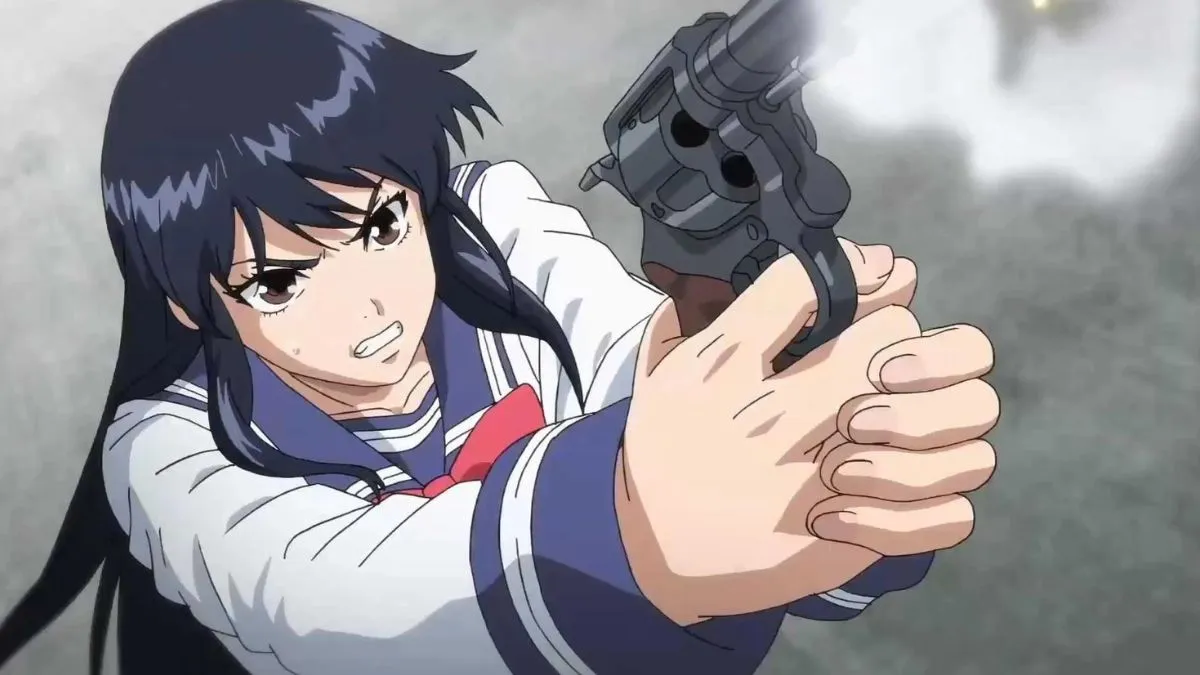
Advertisement
In the world of anime, the lines between good and evil are rarely clean. The medium has long been celebrated for its moral ambiguity, emotional depth, and philosophical introspection. But one of the most fascinating—and somewhat controversial—phenomena in anime fandom is the widespread adoration of villains. These antagonists often rival or even surpass heroes in popularity, depth, and cultural impact.
Think about it: While protagonists like Naruto Uzumaki, Izuku Midoriya, and Goku are widely loved, it’s villains like Itachi Uchiha, Makima, and Lelouch vi Britannia who dominate fan discussions, cosplay trends, and quote pages. Why?
The reason isn’t simple. It’s a layered mix of narrative sophistication, emotional resonance, psychological realism, and a touch of rebellion. Villains in anime often personify the chaos, trauma, and complexity that protagonists merely overcome. They force us to confront uncomfortable truths—and sometimes, we like what we see.
Complex Motivations: The Gray Morality of Villains
Unlike the often black-and-white morality of heroes, anime villains frequently operate in gray zones. They’re not just evil for the sake of being evil—they’re misunderstood, wounded, or driven by beliefs that almost make sense.
Take Light Yagami from Death Note. He starts as an idealist, trying to cleanse the world of crime using a supernatural notebook. Over time, his methods spiral into tyranny, but his core motivation—justice—remains disturbingly relatable.
Or consider Shogo Makishima from Psycho-Pass, a villain who critiques a dystopian system that suppresses human freedom. His actions are brutal, but his logic isn’t entirely flawed. These characters embody philosophical depth that makes viewers question the very definition of good and evil.
Tragic Backstories: Villains as Victims
Many beloved villains are victims before they’re threats. Their pain shapes their worldview, often mirroring real-life trauma or societal neglect.
-
Itachi Uchiha massacres his own clan, but it’s revealed he did so to prevent civil war and protect his brother. His villainy becomes a sacrifice.
-
Reiner Braun from Attack on Titan lives a double life filled with guilt and PTSD, serving as a pawn in a larger political game.
-
Tomura Shigaraki is molded into villainy by neglect and abuse, making his descent feel inevitable rather than evil.
These tragic pasts humanize villains and complicate viewer loyalty. In some cases, we don’t just understand the villain—we empathize with them.
Charisma and Style: The Allure of Cool Antagonists
Let’s face it: anime villains often have more style and presence than heroes. From Dio Brando’s flamboyant arrogance to Aizen Sosuke’s ice-cold elegance, villains tend to command attention.
They wear darker clothes, speak in philosophical riddles, and carry an aura of rebellion that feels thrilling. In comparison, many heroes are cast in the role of moral obligation. They’re noble, but predictable.
The best villains own the narrative space, dominating every scene they’re in. That magnetism translates to fan loyalty, merchandise sales, and meme culture. Coolness counts—and villains often have it in spades.
Villains as a Mirror: Reflecting Our Darker Sides
Anime villains also tap into a deeper psychological truth: they reflect the shadow within us. Jungian psychology speaks of the “shadow self”—the parts of us we deny but are deeply embedded in our psyche. Anime antagonists often articulate suppressed emotions, like vengeance, ambition, or nihilism.
-
Griffith in Berserk embodies the cost of unchecked ambition.
-
Makima in Chainsaw Man represents manipulation cloaked in authority.
-
Johan Liebert in Monster is the chilling realization that evil can be elegant, intelligent, and eerily calm.
Fans don’t root for their actions—but they are fascinated by them. In a way, villains allow us to experience forbidden emotions safely.
Heroes with Villain Arcs: Blurred Lines
Some of the most popular characters aren’t pure heroes or villains—they’re both.
-
Eren Yeager’s transformation from hopeful hero to genocidal revolutionary blurs ethical lines and splits fan opinion.
-
Lelouch vi Britannia manipulates, deceives, and kills for the sake of peace.
-
Dazai Osamu, though technically a hero in Bungou Stray Dogs, has a dark, suicidal past and manipulative tendencies.
These characters create emotional conflict, prompting questions like: Would I have done the same? That moral tension makes them irresistible.
The Redemption Factor: Hope for Change
Many anime villains are redeemable, or at least appear to be. This adds an emotional dimension to their arc that heroes rarely explore.
-
Zuko in Avatar: The Last Airbender (though not anime, still relevant) has one of the most beloved redemption arcs in animation.
-
Sasuke Uchiha, once a terrorist, becomes a reluctant ally and protector.
-
Pain ends his arc by believing in Naruto’s vision for peace.
Fans crave this possibility of salvation, especially when it comes from characters who’ve been through darkness. Redemption arcs give villains the emotional evolution that some static heroes lack.
Conclusion
Anime is a medium that thrives on emotional intensity and moral complexity, and villains are the perfect vehicle for exploring both. They challenge the viewer’s values, embody inner struggles, and often steal the spotlight with their depth, style, and tragic allure.
Heroes may represent who we want to be—but villains often represent who we are, or who we fear we could become. That raw relatability, mixed with charisma and layered writing, is why anime villains are not just feared—they’re loved.
In a world where anime fans crave nuance and emotional catharsis, villains will always remain central—not just to the story, but to the heart of the fandom.
